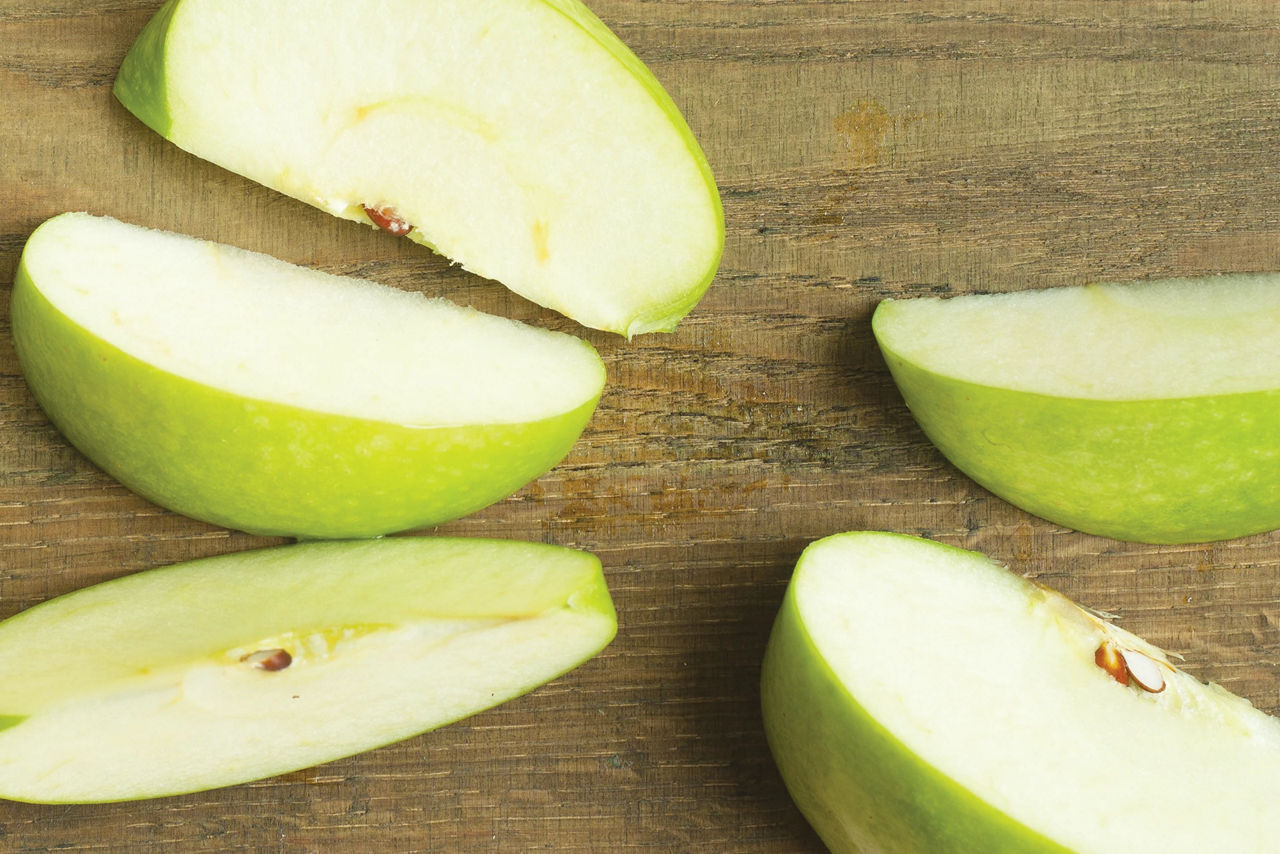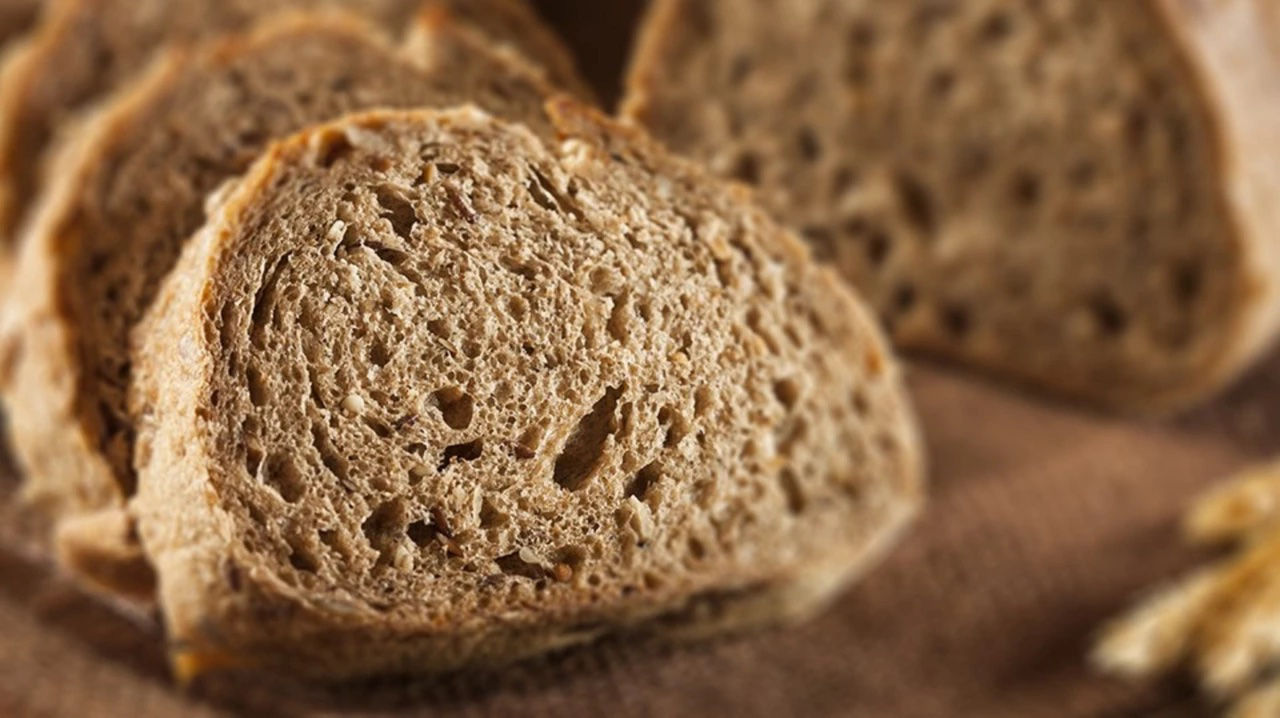Practical advice for family meals with toddlers
Family affair
Make healthy eating part of the family
Toddlers love to assert their independence – it’s an important part of their development – but it can make for challenging mealtimes now and again. Finding ways to make family meals more fun can keep your toddler interested and help them to look forward to their food. Learn some creative ways to encourage a healthy relationship with food, and discover how to get them involved by using some of their newfound skills.

Encouraging your toddler to eat well with healthy family meals
As your toddler grows, they naturally gain independence and a unique, sometimes strong-willed personality. Mealtimes are a great opportunity for them to test boundaries and assert their own choices, which can make them a challenging time for you as a parent.
Making food fun and getting them involved in the kitchen can keep your toddler interested in food. It can also make them more likely to eat the wide range of nutrients they need for healthy development.
Eat with your toddler as often as you can. Children learn by example so if they see you eating a variety of foods, they are more likely to do so as well. It’s also been shown that children who eat with their families are likely to consume a wider range of foods and are more likely to have higher nutrient intakes1. You might not manage to eat together for every meal, but make family mealtimes a priority as often as you can.
Toddlers need a wide variety of nutrients for healthy growth. Keeping their menu varied will provide the range they need, and keep them interested too.
Routine: A key ingredient for toddler meals
Most toddlers respond well to the security of a routine. Sticking to a regular schedule of meals and snacktimes can help them run more smoothly. Just remember that your toddler may be less likely to cooperate if they’re tired or hungry, so plan meals well before naps or bedtime.
On top of your child’s three regular meals, they will probably need two or three small snacks during the day. Healthy options include rice cakes, vegetable sticks, fruit, cubes of cheese, a yogurt or a small sandwich.
 Take nutritious snacks with you when you’re out and about to avoid settling for less healthy convenience options
Take nutritious snacks with you when you’re out and about to avoid settling for less healthy convenience options
It’s important to keep your child well-hydrated, but too many drinks can fill them up and leave less room for food. The best drink for in-between meals is water. If you choose to give them juice, make sure it’s well-diluted and only offer it at mealtimes, which is better for their teeth than drinking it throughout the day.
Ideas for making toddler mealtimes fun
If your toddler is engaged and happy, they’re more likely to eat the food on their plate. Try these ideas to keep family mealtimes light-hearted and interesting:
- Serve food in interesting shapes and sizes to encourage play. Use cookie cutters to cut out star-, heart- or animal-shaped sandwiches. Pasta spirals or alphabet letters can keep them entertained.
- Bring meals to life by arranging your toddler’s plate into a fun face, or naming foods. Broccoli and cauliflower pieces resemble small trees and can be turned into a ‘fun forest’. Or host an indoor picnic on the floor with a rug and snack to share.
- Try to be relaxed about mess. Your toddler is likely to eat more if they’re allowed to feed themselves. Let them express themselves using hummus as paint and a carrot stick as a brush, encouraging them to decorate their plate as they eat.
- Give your toddler the chance to decide when they’ve had enough. Come up with a sign or special rhyme for them to use when they’ve finished. They'll know when they're full and when they’re hungry and their intake of food should even out across the day.
Encourage their helpful side
Involving your toddler in the process of shopping, cooking and choosing what they want to eat gives them a chance to express themselves – something that’s very important at this age.
The supermarket can be a place to learn and explore: ask them to spot fruits and vegetables they know and give lots of praise when they get it right. Make sure you remind them during their meal that they’re eating the fruit or vegetable they so cleverly found.
Giving your child their own tools for the kitchen can keep them engaged; an age-appropriate knife and a colourful chopping board are good items to start with.
If they’re old enough, let them help you prepare the family meal by giving them a toddler knife to chop vegetables with. If they’re too small to get fully involved with cooking, sit them nearby so they can watch and listen to you from their highchair as you talk them through what you’re doing.
Toddlers enjoy being given the chance to make decisions, so ask them to choose which vegetables they’d like with their meal or give a selection of drinks to choose from. Just remember to keep the choices simple, as decision-making skills are still limited at this age. For example, offer the choice of cheese or ham in a sandwich or an apple or banana for dessert. As they get older, they can help you lay the table or have a responsibility such as letting the rest of the family know it’s dinnertime.
Next steps
Let your toddler help create the following foods to spark their interest and, hopefully, their appetite:
- A colourful vegetable stir-fry
- Homemade pizzas
- A fruit salad
- Mixed vegetable skewers (with plenty of help to avoid injury)
Last reviewed: 27th August 2014
Related articles

Need some help?
You can get quick answers to common questions in our FAQs.
Alternatively, if you need help with general pregnancy or baby advice, or maybe on using or ordering our products - our expert team are always on hand to talk about feeding your baby.
1. Hamilton SK & Wilson JH (2009) Family mealtimes – worth the effort. ICAN: Infant, Child, & Adolescent Nutrition 1: 346-350




